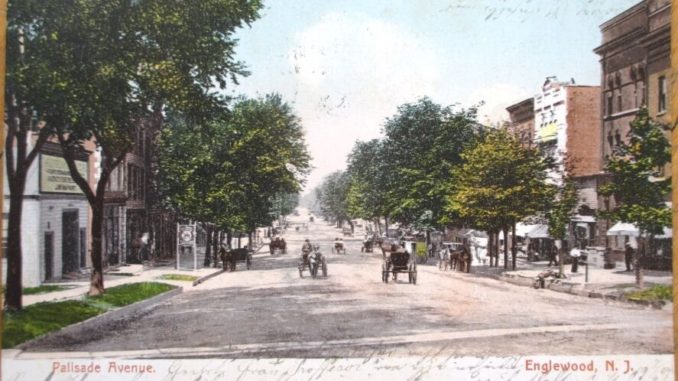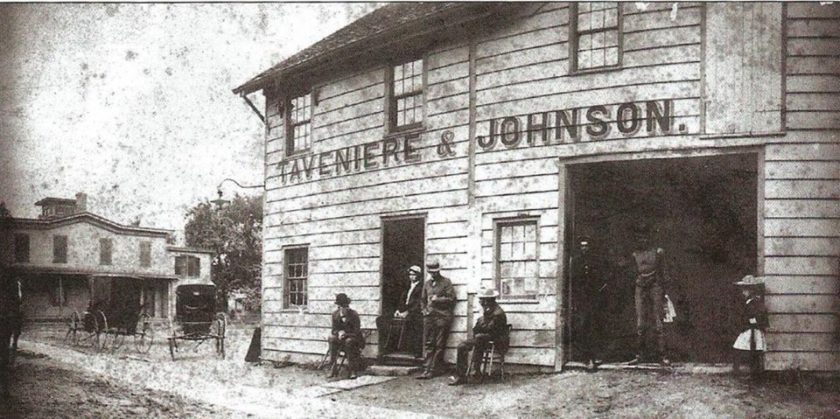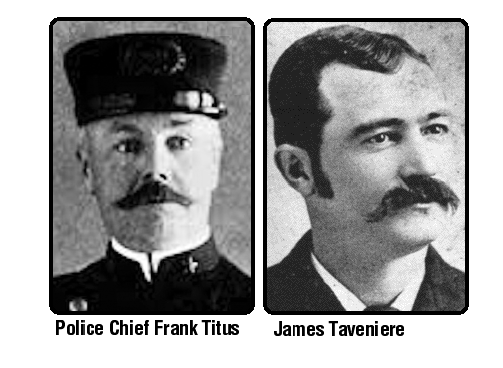
NORTHERN VALLEY AREA, N.J.—In 2019 it’s common to see police reports about stolen cars. Go back 110 years, however, and it was horse thievery that had Northern Valley residents worried.
In the early 20th century horses and automobiles shared the dusty dirt roads of this region, but back then cars weren’t viewed as the necessity they are today. Those early autos were a luxury, a rich man’s hobby, but the jury was still out—especially among older folks—on whether they would ever completely replace the tried and true horse as the common mode of transport. Horses were still an integral part of the fabric of local life. Where there are now parking spaces in our downtown shopping districts, there were once hitching posts. In addition to providing transportation, many people’s livelihoods relied on the animals. Therefore, horse theft was a crime to be taken seriously.
Early on the morning of July 14, 1910, Englewood fruit dealer Abraham Holland discovered that his horse had been stolen from his barn on Humphrey Street.
Chief of Police Frank Titus said at the time that neighbors had heard noises coming from Holland’s barn at around 2 a.m., but assumed it was Holland himself leaving for an early trip to market and quickly forgot about it.
Holland’s large black horse with a white spot on its forehead stood over 5 feet tall and weighed in at around 1,400 pounds. The animal was valued at $250—or close to $7,000 in today’s money. The thieves also snagged a good set of harness and a wagon. Local newspapers published a report on the theft with a description of the horse on July 14, 1910.
The horse thief might have been an amateur—he was just 19 years old, and acted alone—because it took just a single day for the authorities to catch up with him.
It seems the perpetrator wanted to turn the stolen steed into cash quickly, because he went only as far as Closter to make a deal. He encountered Harry Thomas, a carpenter working on a local estate, who was in need of just such a horse. The carpenter bought the animal, never suspecting that it was stolen.
Word of the deal spread to Closter liveryman James Taveniere.
Taveniere ran a livery stable at 226 Closter Dock Road, Closter, along with business partner Darius Johnson. A livery stable was a place where horses could be boarded and rented. Taveniere and Johnson were active in Closter affairs and helped bring running water and electricity to the fledgling borough.

Taveniere, after seeing the horse Thomas had bought, became suspicious and put in a phone call to Chief Titus.
“Keep your eye on the young man and I’ll be in Closter in a few minutes,” was the chief’s reply, as reported in a local newspaper.
Titus zoomed to Closter in an automobile and found the thief, 19-year-old Harry Colton of Jersey City, in a barber shop. He arrested the young man and locked him up in Englewood before his transfer to the Hackensack Jail.

Colton was the second horse thief that Englewood police nabbed in three weeks. Another had been sentenced to a year in state prison after he stole a horse in Passaic and tried to sell it to a liveryman in Englewood.
Colton would suffer a similar fate. In August, a judge sent him to the Rahway State Prison. Also on the docket at that Aug. 3, 1910 session in Hackensack, and also sent to Rahway, were: an attempted rapist, a chronic domestic abuser, a man who attacked three others with a blackjack, a pedophile who targeted young girls, and another horse thief, this one from Lodi. Indeed, the crime of horse theft was taken very seriously.
